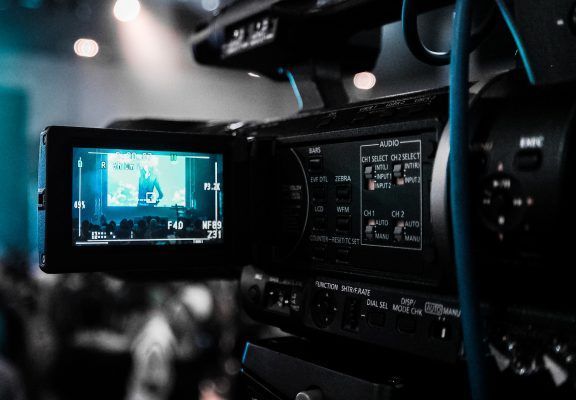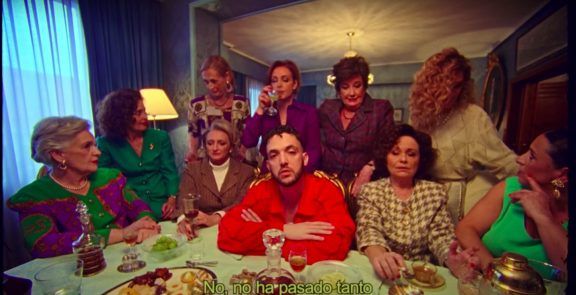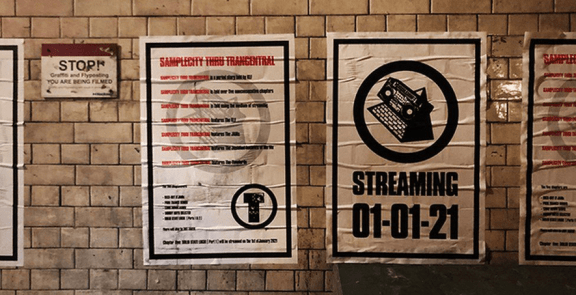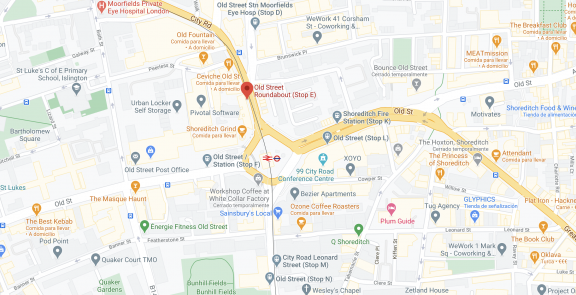

Making of 2.0: Do you want to know more?
IN A NUTSHELL:
Using an emotional narrative that reflects the process, emotions and challenges of launching a product has become a source of value in itself.
THE GREAT STRATEGIC TAKE-OUT:
Treating the consumer, spectator, reader or customer as an insider, assuming that they are interested in the “making of” allows us to enhance the experience of the final product, create momentum and even hold out the promise of innovation and novelty in pipelines and programming.
Why should I read this?
“Making of” has been seen historically as a tool for publicising the launch of a product. In recent years, in a basically documentary format, it has become a value proposition in itself. Today it is a vital part of the portfolio of products, experiences, content and services that constitute a product launch.
What are we talking about?
COVID-19 has disrupted the innovation pipelines of virtually all brands. Whether due to changes in consumer behaviour or production and distribution difficulties, companies’ and brands’ launch plans and the impact of their products have been substantially altered.
This change has become particularly evident In the entertainment sector, especially streaming services such as Netflix and in particular Disney+.
These services, whose customers have come to expect a constant diet of new products in multiple genres, have seen how the rate at which they offer new content has had to be reviewed, unexpectedly leading to inspiration and new ideas in other categories.
The practical absence of original content in Disney+ has brought the making-of product to the foreground of the original content programming algorithm. Very possibly originally conceived as a featurette accompanying the launch (like DVD extras or promotional materials designed for the première in cinemas), they have become mainstays of the launch pipeline. Their central role has brought to the foreground the processes, people and work behind entertainment brands, focusing on key assets such as actors, directors and source materials (comics, books, other films, etc.).
These making-of documentaries have had to be extended and turned into products in their own right. Disney+ has proved to be particularly good at this and is an unquestionable source of strategic inspiration. It is not hard to imagine the editors of this promotional material rescuing every second filmed to turn a 30-minute piece into a documentary series comprising 8 hour-long episodes that can be released weekly with the same importance as the original story it presents.
It is no exaggeration to say that the making of “The Mandalorian” and “Frozen II” have kept streaming service launch schedules going when there were no new products and when spectators, eager for content because they were spending more hours at home and were in love with the novelty of streaming, wanted much more.
A detailed analysis of how these making-of features are structured gives us many clues that we can apply to other categories and products. Whether it’s the story of launching a new beverage, a car, opening a hotel or setting up a new airline route, this content becomes strategic and profitable.
The good thing is that this type of content has a history, which allows us to appreciate details and learn from mistakes. “Signé Chanel” and “Cirque du Soleil: Fire Within” have both positive and negative aspects: they appeal to emotions (good) and rely on obsolete archetypes (bad).
They are strategic because they relate to the spectator via emotions: this kind of branded content humanises brands and highlights the development process and hard work behind brands and products that consumers are only familiar with in stores or through advertising.
Profitable because, if they are made well, with robust editorial supervision, they become content that can be offered to streaming platforms and distributed via their own channels and platforms and/or those of intermediaries/distributors.
Links and films that have attracted my attention:
Into the Unknown: Making Frozen 2 Official Trailer | Disney+
Disney Gallery: The Mandalorian
Official Trailer | Disney+
Karl Lagerfeld, Signé Chanel ARTE
Dvesania – Cirque du Soleil – Fire Within I/III
- Narrative and episodic presentation
- Characters, roles
- Presence of brand assets
- The way in which the brand/company values are presented
WHY YOU SHOULD BE INTERESTED:
The internal work process and development of a product/service can be made into content that is meaningful and helps to develop contemporary discourse from a more human and subjective viewpoint.
What needs does it meet?
I’m interested in discovering how the brands/products I like are made, what challenges and difficulties they face, what they are like behind the scenes and how decisions are made.
From a strategic perspective:
It is a way of raising the profile of companies and brands through a more human and subjective discourse. It establishes a link with people and emotions, the final result is presented as the sum of human effort, challenges and sacrifices.
Who might be interested?
People in all sectors, especially those in a developmental phase (soft drinks, coffee, automotive, perfumery).
What does it apply to?
To new launches, product/service updates. In cases where we want to highlight internal decisions that have a direct effect on the quality of the end result.
How do I implement it?
Using the same resources as serialised fiction: characters, a point of view and the use of cliff-hangers. The presence of actors who, apparently accidentally, play classic roles in the construction of stories (challenger, apprentice, teacher, hero, etc.) is particularly revealing.
How innovative is it?
The 2009 documentary “The September Issue” established the idea of using the story of a corporate launch as a product with objectives beyond traditional PR. Since then, the format has become much more sophisticated and has reached new heights with the documentary series “The Mandalorian” and “Frozen II” from Disney+.
Key concepts:
Content, insider, making of, documentaries, streaming, branded content, pipelines
I WANT IT FOR MY COMPANY/BRAND. WHAT DO I NEED TO KNOW?
Who is using it already?
The fashion industry has made abundant use of these resources, especially because it is a sector which lends itself to creative discourse that can be somewhat eccentric. Now is the time to extend it to categories and products/experiences of all types.
Things to bear in mind:
Use of experts in narrative construction.
Give editorial freedom to creators but do not play down or be afraid to point out imperfections/errors.
How do I get a clearer idea?
- Viewing “The September Issue”, Making The Mandalorian” and “Making Frozen II”
-
Following Loïc Prigent’s YouTube channel
How do I share it with my network?
“Why don’t we take the stories about launching our products that our colleagues and families always like to hear and make them bigger?”



